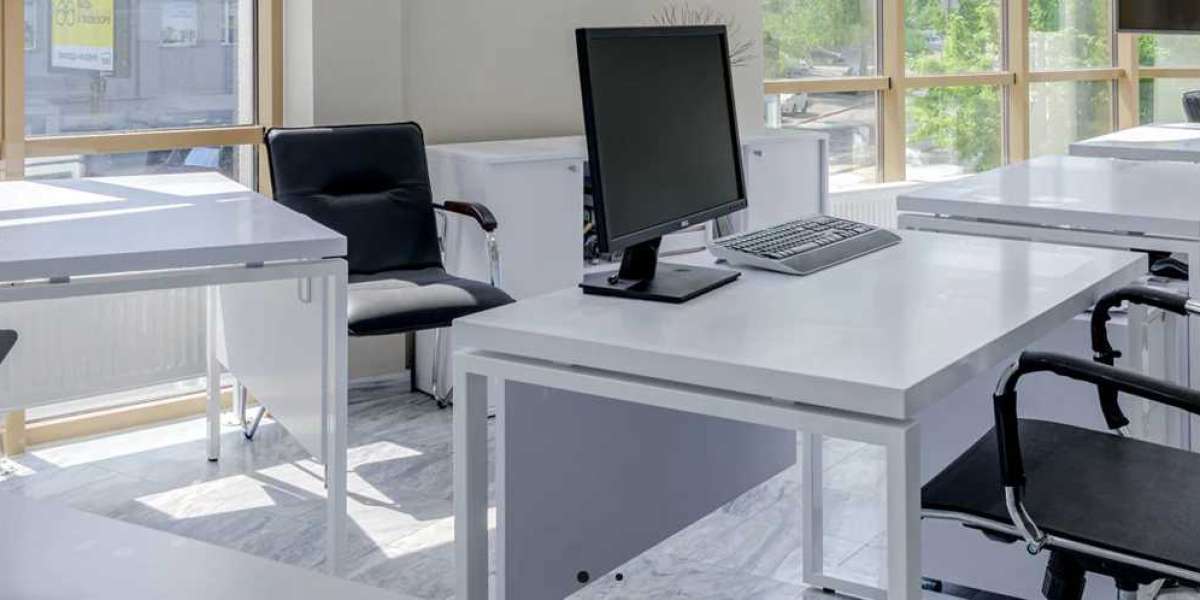Selecting the right office chair is crucial for ensuring comfort, support, and overall well-being, especially for those who spend long hours at their desks. Here’s a guide to help you choose the perfect office chair:
1. Prioritize Ergonomic Features
- Adjustable Seat Height: The chair should allow you to adjust the seat height so that your feet are flat on the floor, your knees are at a 90-degree angle, and your thighs are parallel to the ground. This ensures proper alignment and reduces strain on your lower back and legs.
- Lumbar Support: A chair with good lumbar support helps maintain the natural curve of your spine, preventing lower back pain. Look for a chair with adjustable lumbar support that can be customized to your back’s contour.
- Adjustable Armrests: Armrests should be adjustable in height and width. They should support your arms comfortably while allowing your shoulders to relax. Armrests that can be adjusted or moved out of the way also provide more flexibility in seating positions.
- Seat Depth and Width: The seat should be deep and wide enough to comfortably support your hips and thighs. Ideally, there should be a few inches of space between the edge of the seat and the back of your knees. Adjustable seat depth ensures that the chair fits your body size and shape.
- Tilt and Recline: A chair that offers adjustable tilt and recline features allows you to lean back and stretch while maintaining support. This is essential for reducing pressure on your spine and encouraging movement throughout the day.
2. Choose the Right Material
- Breathable Fabric: Chairs made of breathable materials like mesh or fabric keep you cool and comfortable during long periods of sitting. Mesh backrests, in particular, provide good ventilation.
- Cushioning: The seat cushioning should be thick enough to provide comfort but not so soft that it loses support over time. Memory foam or high-density foam is often a good choice for cushioning that retains its shape.
3. Test for Comfort and Fit
- Seat Comfort: Sit in the chair for at least 10–15 minutes to assess its comfort. Pay attention to how the seat feels and whether it supports your body without causing pressure points.
- Back Support: Ensure that the backrest provides full support to your spine, especially in the lower back region. The chair should encourage an upright posture without forcing you into an uncomfortable position.
4. Look for Sturdy Construction
- Durability: A high-quality office chair should be built to last. Look for chairs with a strong frame, durable materials, and a weight capacity that suits your needs.
- Stable Base: A five-point base with casters provides stability and smooth movement across the floor. Ensure the casters are suitable for your flooring type (e.g., carpet, hardwood).
5. Consider Customizability and Adjustability
- Custom Settings: The more customizable features a chair has, the better you can tailor it to your specific needs. Look for chairs with multiple adjustable components like seat height, backrest angle, and armrest position.
- Easy Adjustments: Ensure that all adjustments can be made easily while seated. This allows you to fine-tune the chair’s settings throughout the day without disrupting your workflow.
6. Think About Long-Term Comfort
- Headrest Option: If you experience neck or shoulder pain, consider a chair with an adjustable headrest. It provides additional support for your neck and upper spine, especially when reclining.
- Swivel Function: A chair that swivels easily helps you move around your workspace without straining your back or twisting awkwardly.
7. Evaluate the Style and Aesthetics
- Office Aesthetics: While comfort and support are paramount, the chair’s style should also complement your office decor. Choose a chair that fits well with the overall aesthetic of your workspace.
- Color and Finish: Consider the chair’s color and finish, particularly if you’re working in a shared or open office space where design consistency matters.
8. Set a Realistic Budget
- Quality vs. Cost: While it’s tempting to choose a budget option, investing in a high-quality chair is often worth the extra cost. A good chair can last for many years and significantly impact your health and productivity.
- Warranty: Check if the chair comes with a warranty, which can indicate the manufacturer’s confidence in the product’s durability and performance.
9. Consider Your Specific Needs
- Special Requirements: If you have specific health conditions or ergonomic needs, such as a history of back pain or sciatica, consult with an ergonomic specialist to find a chair that offers the necessary support.
- Daily Use: Consider how much time you spend in the chair each day. If you’re seated for most of the day, it’s especially important to choose a chair with comprehensive ergonomic features.
Conclusion
Choosing the perfect office chair involves balancing comfort, support, and ergonomic design. By focusing on key features such as adjustability, lumbar support, and material quality, you can find a chair that enhances your comfort and productivity. Remember that investing in a high-quality chair is an investment in your long-term health and well-being.


